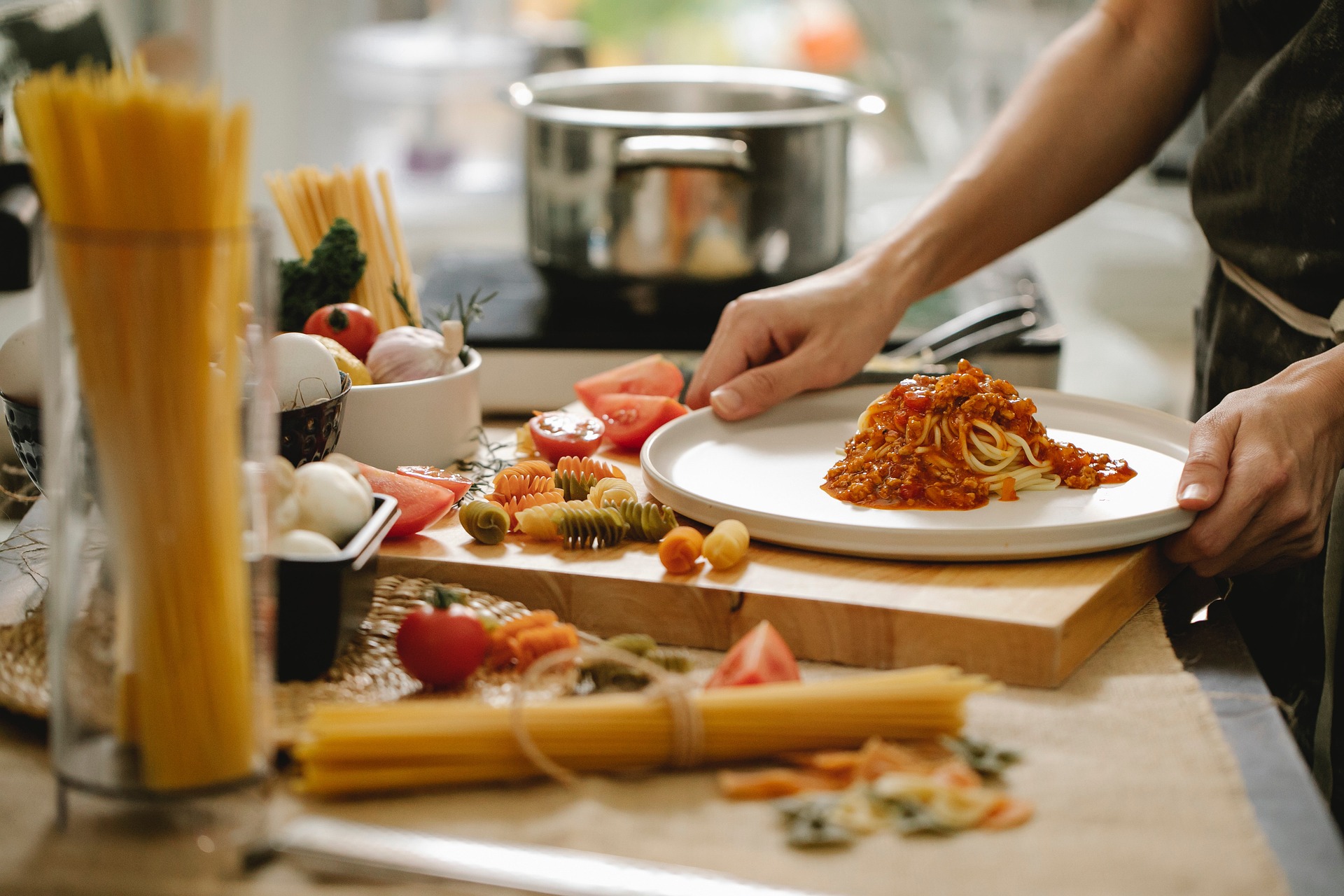Culinary Alchemy: Transforming Humble Ingredients
Unlock the secrets of turning ordinary ingredients into extraordinary dishes. This culinary journey explores innovative techniques and creative pairings that elevate simple foods to gourmet status. From reimagining leftovers to mastering flavor combinations, discover how to transform your kitchen into a laboratory of delicious experiments.

Texture Transformation Techniques
Changing the texture of an ingredient can dramatically alter its appeal and versatility. One innovative technique is vegetable “noodling,” where zucchini, carrots, or even beets are spiralized to create pasta-like strands. This not only offers a low-carb alternative to traditional pasta but also introduces a playful element to dishes. Another transformative method is the creation of “meat” from plants, using ingredients like jackfruit or mushrooms to mimic the texture of pulled pork or steak. Dehydration is another powerful tool, concentrating flavors and creating crispy textures from fruits and vegetables. By experimenting with these techniques, cooks can reimagine familiar ingredients, giving them new roles in various cuisines and dietary preferences.
Flavor Alchemy: Unexpected Pairings
The magic of culinary alchemy often lies in unexpected flavor combinations. By understanding the science of taste and aroma, chefs can create surprising pairings that tantalize the palate. One emerging trend is the use of savory elements in desserts, such as incorporating herbs like basil or thyme into ice creams or pairing dark chocolate with olive oil. On the flip side, traditionally sweet ingredients are finding their way into savory dishes, with fruit-based sauces complementing meats or honey being used to balance spicy flavors. The key to successful flavor alchemy is balance - knowing how to harmonize contrasting tastes to create a cohesive and exciting dish. This approach not only challenges culinary norms but also opens up a world of possibilities for creating unique, memorable flavors.
Upcycling and Repurposing in the Kitchen
Culinary alchemy shines brightest when it comes to upcycling and repurposing ingredients. This practice not only reduces food waste but also challenges cooks to think creatively about leftovers and scraps. Stale bread can be transformed into a rich, creamy bread sauce or crunchy croutons. Vegetable peels and ends, often discarded, can be turned into flavorful stocks or dehydrated into powders for seasoning. Even coffee grounds can find new life as a rub for meats or a base for body scrubs. The concept extends to using every part of an ingredient, like pickling watermelon rinds or using citrus zest in baked goods. By viewing ingredients through this waste-not lens, cooks can discover new flavors and textures while practicing sustainability in the kitchen.
Modern Techniques for Ingredient Transformation
Advancements in culinary technology have introduced new ways to transform ingredients. Sous vide cooking, for instance, allows for precise temperature control, resulting in perfectly cooked meats and vegetables with enhanced flavors and textures. Molecular gastronomy techniques like spherification can turn liquids into caviar-like pearls, adding visual appeal and textural interest to dishes. Smoking and fermentation, while ancient practices, are being reimagined with modern twists, introducing complex flavors to unexpected ingredients. Even humble appliances like air fryers are being used innovatively, creating crispy textures without excessive oil. These modern techniques, when combined with traditional cooking methods, open up a new world of possibilities for ingredient transformation, allowing cooks to push the boundaries of culinary creativity.
Culinary Alchemy Tips & Facts
• Blanching vegetables before freezing helps maintain color and texture
• Massaging kale with salt and oil breaks down its tough fibers, improving texture
• Aquafaba, the liquid from canned chickpeas, can replace egg whites in many recipes
• Roasting nuts and spices before use intensifies their flavors
• Adding a pinch of salt to sweet dishes enhances overall flavor
• Browning butter adds a nutty depth to both sweet and savory dishes
Conclusion
Culinary alchemy is more than a set of techniques; it’s a mindset that encourages creativity, sustainability, and a deeper appreciation for ingredients. By embracing these principles, both professional chefs and home cooks can transform their approach to food, turning every meal into an opportunity for innovation and discovery. As we continue to explore the boundaries of what’s possible in the kitchen, the art of culinary alchemy will undoubtedly play a crucial role in shaping the future of gastronomy.




